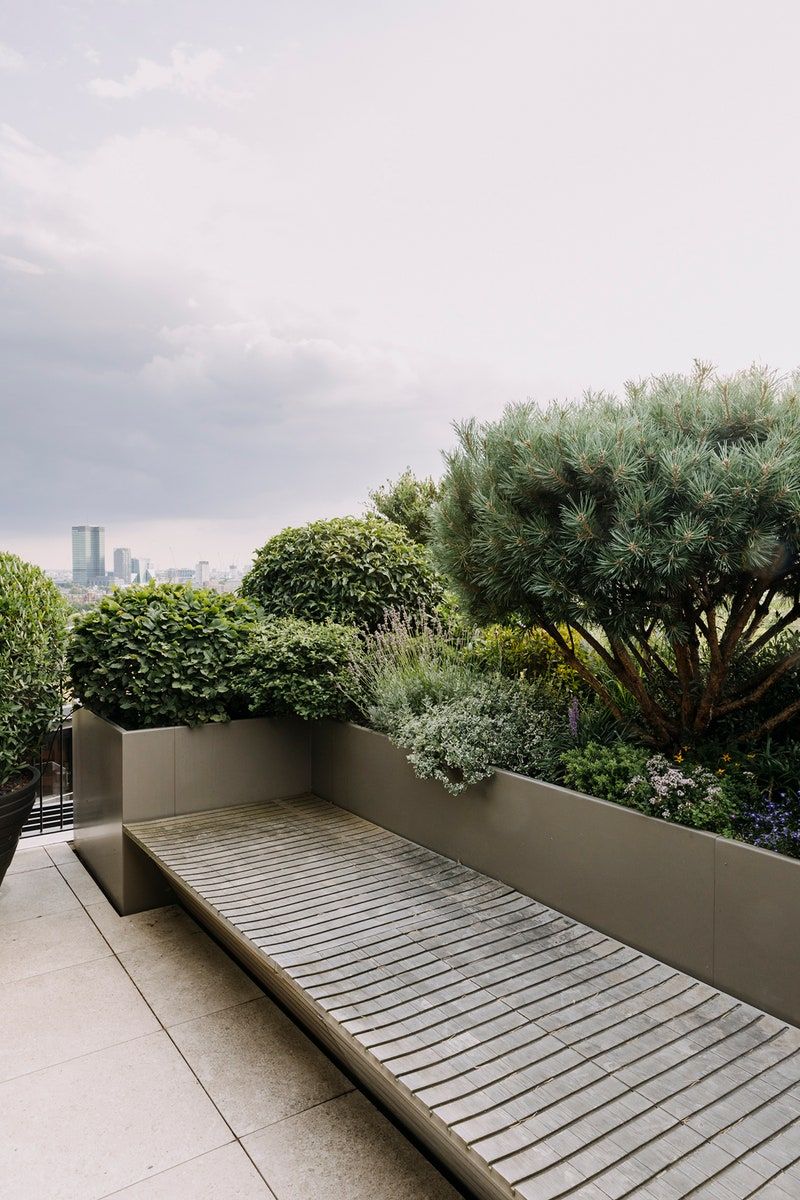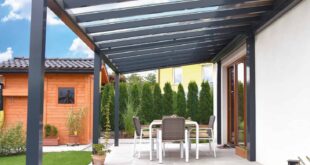Roof gardens are becoming increasingly popular in urban areas as a way to utilize unused space while also providing numerous benefits. When it comes to designing a roof garden, there are several key considerations to keep in mind to ensure that it is both aesthetically appealing and functional.
First and foremost, it is important to consider the structural integrity of the roof when designing a roof garden. The weight of the soil, plants, and other features must be taken into account to ensure that the roof can support the added load. Consulting with a structural engineer is recommended to determine the weight capacity of the roof and identify any necessary reinforcements.
Another important aspect of roof garden design is choosing the right plants. Drought-tolerant plants that require minimal watering are ideal for roof gardens, as they can withstand the harsh sun and wind exposure typically found on rooftops. Additionally, selecting plants that are native to the region can help attract beneficial insects and wildlife to the garden.
Incorporating seating areas, pathways, and other hardscape features can help create a functional and inviting space in a roof garden. Utilizing materials such as wood, stone, or metal can add visual interest while also providing durability in outdoor settings. Including shade structures or umbrellas can also help provide relief from the sun during the hot summer months.
Lighting is another important consideration when designing a roof garden. Adding decorative lighting can help create ambiance and extend the usability of the space into the evening hours. Solar-powered lights are a sustainable option for roof gardens, as they require no electricity and can be easily installed without the need for wiring.
Finally, incorporating sustainable practices into the design of a roof garden can help minimize environmental impact and reduce maintenance needs. Implementing composting bins, rainwater harvesting systems, and utilizing organic gardening practices can all contribute to a more eco-friendly roof garden. Additionally, choosing materials that are locally sourced and recyclable can further enhance the sustainability of the garden.
















